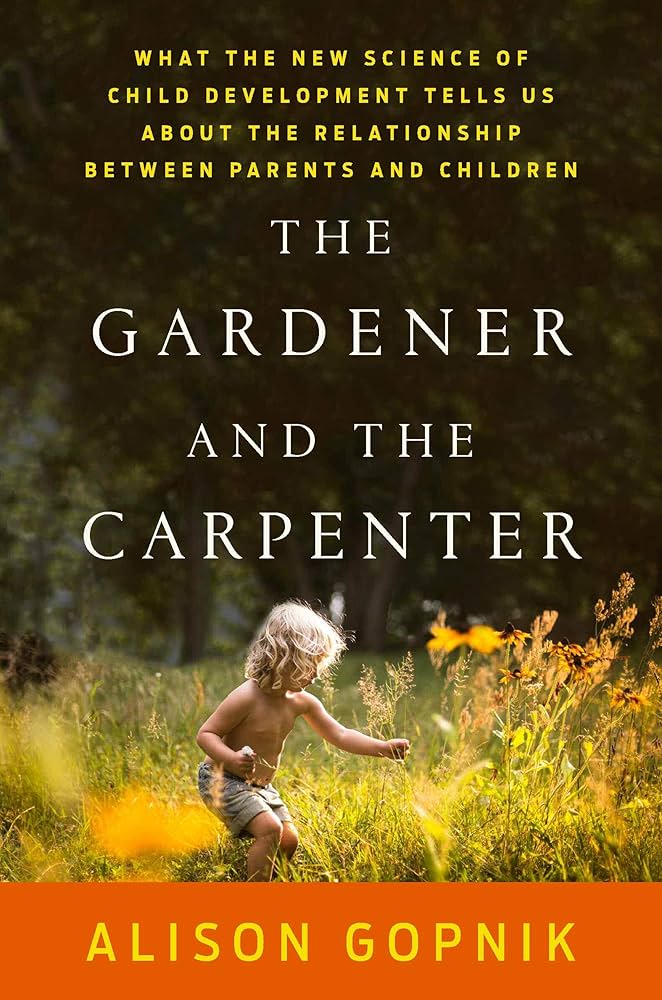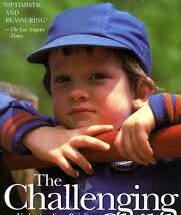
The Gardener and the Carpenter by Alison Gopnik
The Gardener and the Carpenter by Alison Gopnik is a groundbreaking book that explores the different approaches to parenting. In this article, we will delve deep into the concepts presented in the book, providing a comprehensive analysis for parents, educators, and anyone interested in child development.
Understanding the Gardener and Carpenter Metaphor
Gopnik uses the metaphor of the gardener and the carpenter to describe two contrasting parenting styles. The carpenter tries to shape the child into a specific kind of adult, much like a carpenter shapes wood. In contrast, the gardener provides a nurturing environment for the child to grow and develop naturally, similar to how a gardener tends to plants.
The Gardener Approach
- Focus on providing a rich environment
- Encourages exploration and discovery
- Emphasizes the importance of play in learning
The Carpenter Approach
- Focus on shaping the child’s future
- Structured and controlled methods
- Emphasizes outcomes and achievements
Table: Gardener vs Carpenter
| Aspect | Gardener | Carpenter |
|---|---|---|
| Focus | Environment and exploration | Outcomes and shaping |
| Method | Flexible and adaptive | Structured and controlled |
| Learning | Through play and discovery | Through instruction and goals |
Key Insights from the Book
Gopnik argues that the gardener approach is more beneficial for the child’s overall development. Here are some key insights:
The Importance of Play
Play is essential for learning and development. It allows children to explore, experiment, and understand the world around them. The gardener approach emphasizes the role of play in fostering creativity and cognitive skills.
Flexibility and Adaptation
Children are unique individuals with their own paths of development. The gardener approach recognizes the importance of being flexible and adaptive, allowing children to follow their interests and passions.
Table: Benefits of the Gardener Approach
| Benefit | Description |
|---|---|
| Creativity | Encourages innovative thinking and problem-solving skills. |
| Independence | Fosters self-reliance and confidence in children. |
| Emotional Development | Supports emotional intelligence and resilience. |
Critique of the Carpenter Approach
The carpenter approach, while well-intentioned, can have several drawbacks:
- It may limit the child’s creativity and independence.
- It can create unnecessary pressure and stress for both parents and children.
- It may lead to a focus on short-term achievements rather than long-term growth.
Long-term Impact
Children raised with the carpenter approach might struggle with adaptability and creativity in later life. They may find it challenging to navigate situations that require independent thinking and problem-solving.
Table: Drawbacks of the Carpenter Approach
| Drawback | Description |
|---|---|
| Creativity | Limited by structured and controlled methods. |
| Stress | Increased pressure to meet specific goals. |
| Independence | Reduced ability to think and act independently. |
Conclusion
The Gardener and the Carpenter by Alison Gopnik offers a fresh perspective on parenting, challenging the traditional notions of control and structure. By embracing the gardener approach, parents can provide a nurturing environment that promotes the holistic development of their children.
For more insightful reviews and articles, visit our website at Read Review Talk and our blog at Read Review Talk Blog.
Focus Keywords
- The Gardener and the Carpenter
- Alison Gopnik
- Parenting styles
- Child development
- Emotional intelligence
- Flexibility in parenting
- Play in learning
- Creative development



